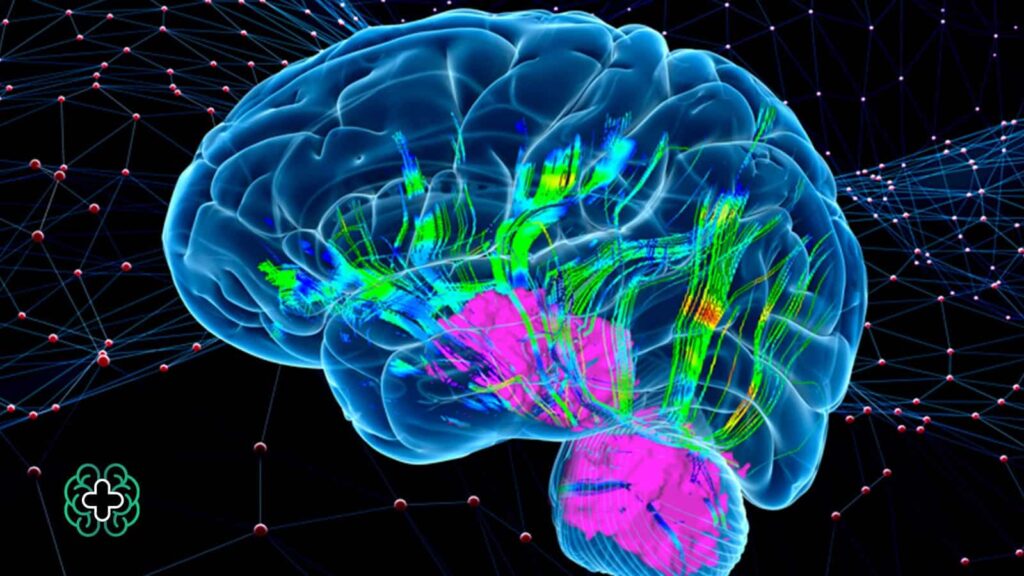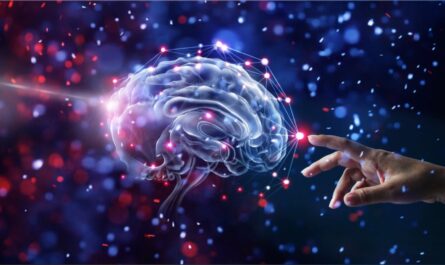Advances in modern neuroscience have provided us fascinating insights into the complex workings of the human brain and nervous system. Through research using cutting edge technologies like brain imaging and neural mapping, scientists have uncovered principles that govern neural communication, plasticity, development and aging. These discoveries help explain various neurological and psychological phenomena and open new avenues for diagnosis and treatment. Let’s explore some of the significant advances in neuroscience.
Mapping the Brain
Techniques like functional magnetic resonance imaging (fMRI) and positron emission tomography (PET) have given neuroscientists powerful tools to visualize brain activity in living individuals. fMRI detects changes in blood flow and oxygen levels allowing researchers to pinpoint which brain regions activate during different behaviors or cognitive tasks. PET also tracks metabolic activity but uses radioactive tracers instead. These brain mapping methods have helped identify areas involved in sensory perception, motor control, language, emotions and higher order tasks. Comparison across individuals has illuminated the neural correlates of various cognitive abilities and disorders. Mapping studies continue revealing new functional parcellations and network dynamics that underlie our mental capabilities.
Understanding Neural Circuits
Beyond localizing functions, contemporary neuroscience seeks to uncover how interconnected networks of cells communicate to orchestrate behavior. Techniques like optogenetics and calcium imaging allow tracking of neural activity right down to the level of individual neurons and synapses in live animal models. Combined with tracing methods and computational modeling, these approaches help decipher the precise wiring diagrams or “circuits” that sub-serve functions like perception, learning and memory. Elucidating canonical circuits is giving insights into normal and abnormal information processing across sensory, motor and association domains. Understanding how cellular properties and anatomical connections shape population activity promises profound implications for cognitive theories.
Plastic Brains and Lifespan Changes
The brain was historically considered a static organ after development but is now known to exhibit considerable plasticity even in adulthood. Neurogenesis – the birth of new neurons – actually continues into maturity, especially in the hippocampus involved in memory and spatial reasoning. Synaptic connections also display lifelong remodeling in response to experience through mechanisms like long-term potentiation and depression. This dynamic nature underlies neuroplastic changes seen with learning, recovery from injury, and adaptation to environmental changes. Magnetic resonance studies reveal experience-dependent thickening and thinning of gray matter across the lifespan. Age-related declines are also identified in regional volumes, white matter integrity and cognitive reserve – shedding light on degenerative processes and cognitive aging. Harnessing principles of neuroplasticity has potential for reversing impairments and designing new interventions.
The Emerging Field of Neuroethics
As Neuroscience yields unprecedented control over the neural underpinnings of mental traits, new ethical issues have arisen around enhancement, privacy, autonomy and responsibility. Testing cognitive and emotional manipulation through techniques like transcranial magnetic stimulation sparks debates about human dignity and free will. Readiness of neural data for marketing or legal use challenges conceptions of personhood. Should neurological diagnoses mitigate or exacerbate notions of culpability? How should emerging therapies for conditions like mood disorders or addiction be regulated to ensure safety, autonomy and informed consent? As technology blurs boundaries between natural and artificial, neuroscience brings philosophy into the labs to carefully navigate progress responsibly and for the benefit of humanity.
Overall, modern neuroscience is illuminating the wetware that gives rise to our rich inner lives. Continued theoretical and technological innovations promise ever deeper mechanistic understanding of neural processes underlying our senses, thoughts, feelings and behaviors. Such knowledge holds immense potential for addressing disorders, maximizing performance, assuaging suffering and enhancing human welfare, healthspan and quality of life. Careful stewardship will be crucial to realize neuroscience’s potential while safeguarding ethical values at both individual and societal levels in an era of rapid change. The journey ahead in uncovering the mysteries of the brain promises to be an endlessly fascinating one.
*Note:
1. Source: Coherent Market Insights, Public sources, Desk research
2. We have leveraged AI tools to mine information and compile it


